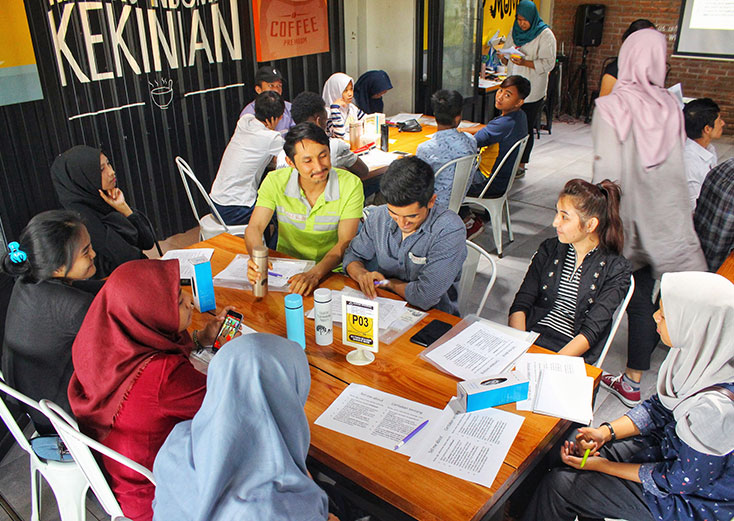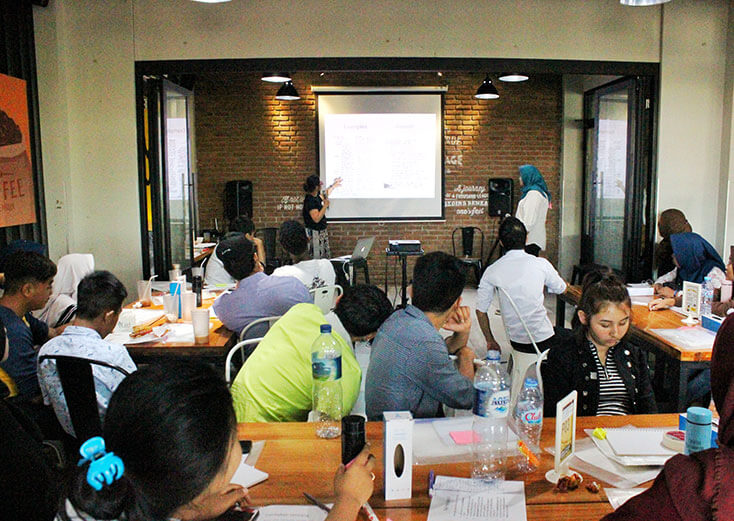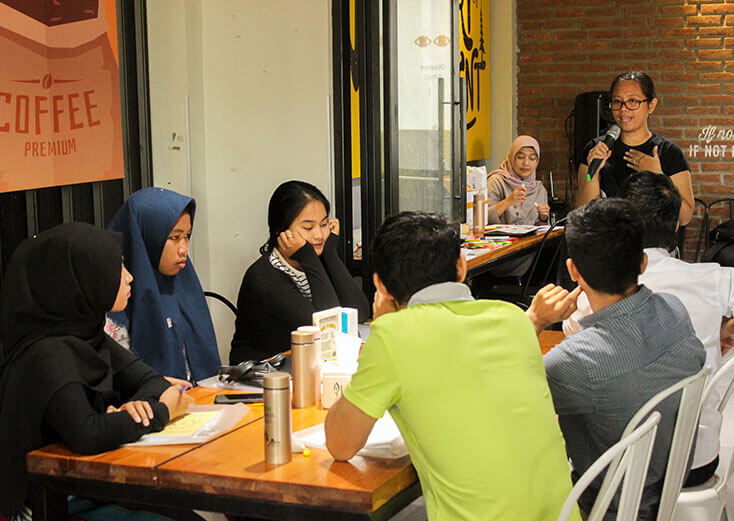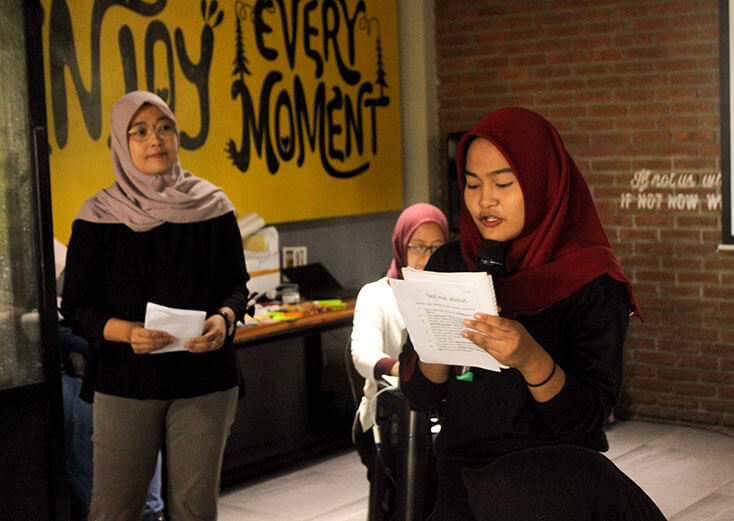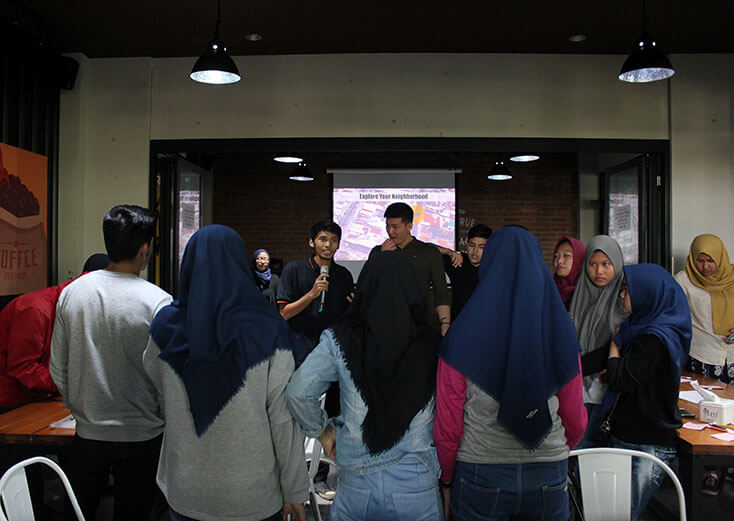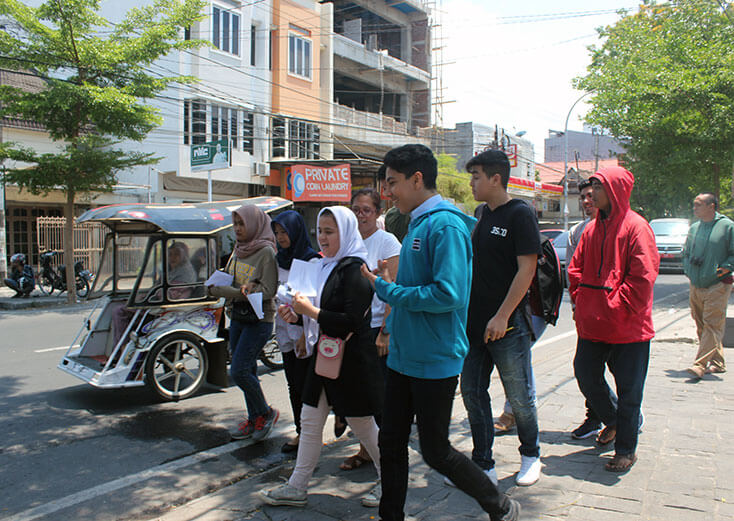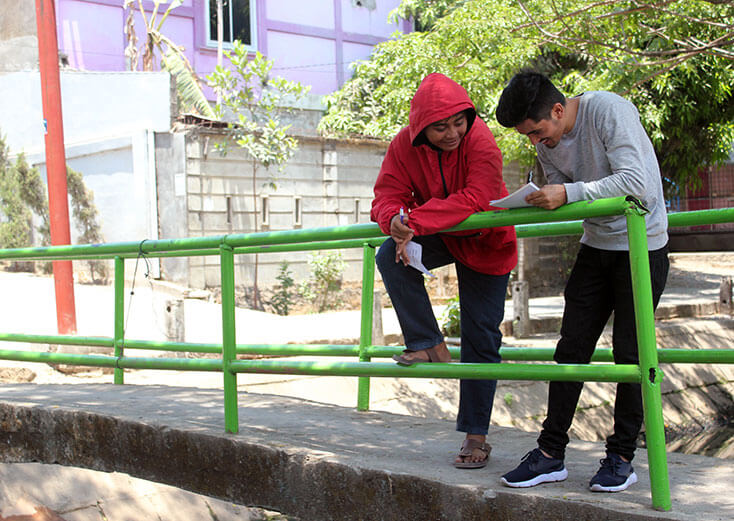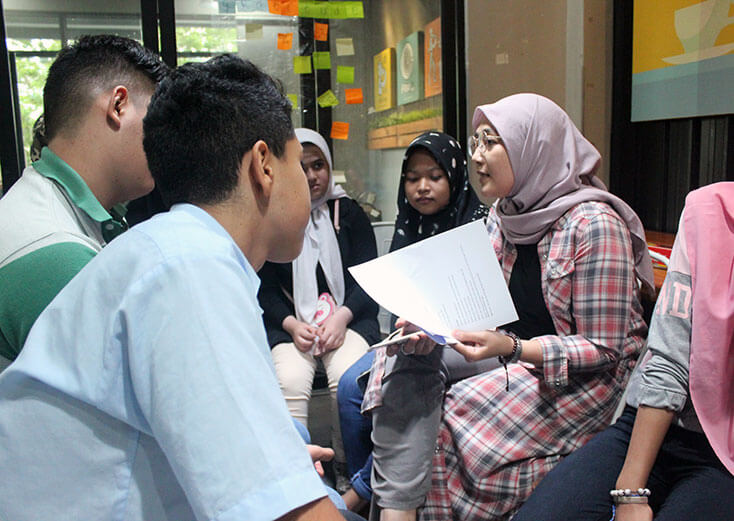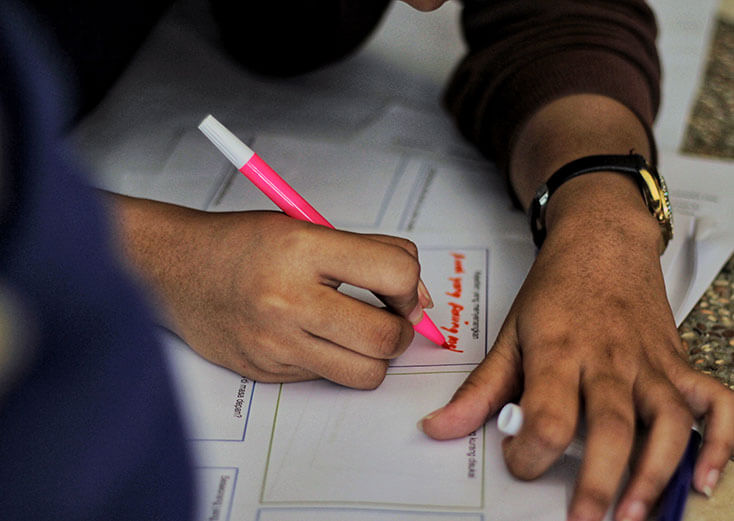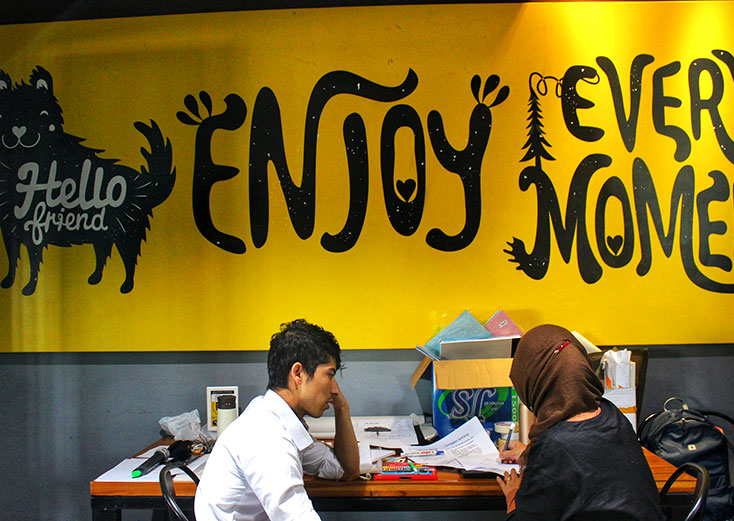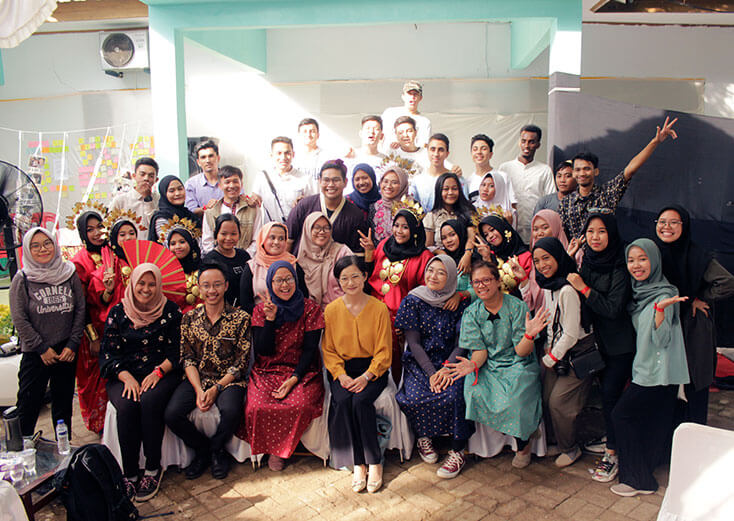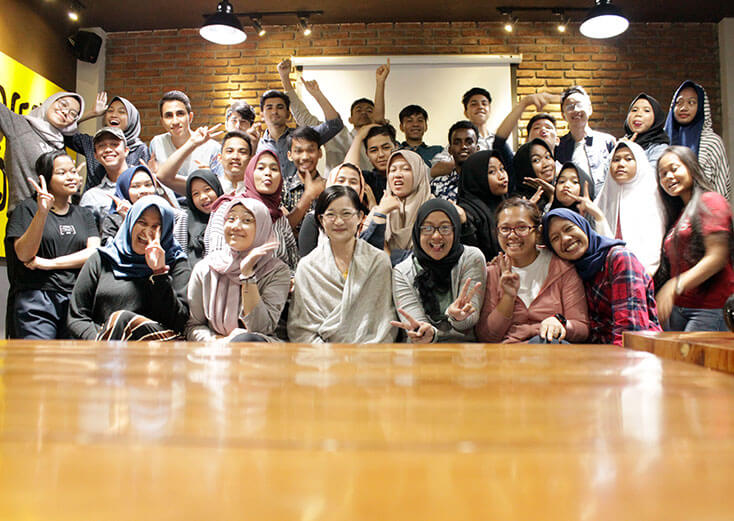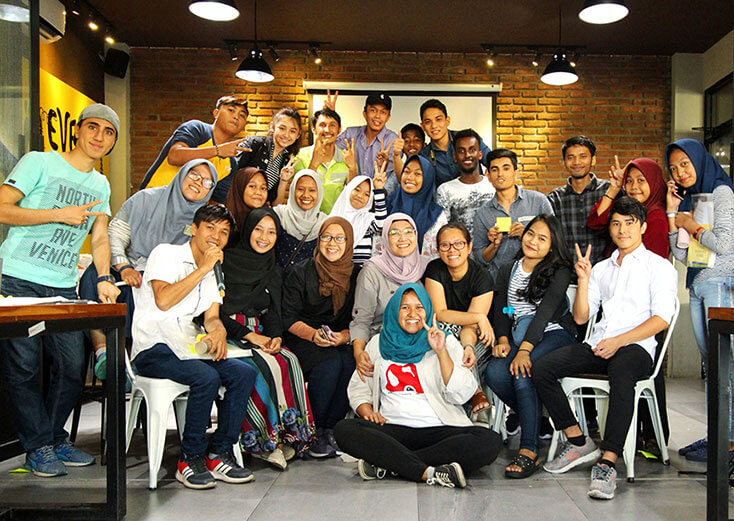Engaging Youth in Creative Placemaking for Social Integration
Background
The influx of refugees is becoming a global issue. One in every 113 people is now either an asylum seeker, internally displaced person, or a refugee escaping conflict, violence or human rights violations (UNHCR, 2015). Indonesia, a non-signatory country to the 1951 Refugee Convention or its 1967 Protocol, is also experiencing a rising number of refugees from Afghanistan, Myanmar, Sri Lanka and others transiting in its urban areas (UNHCR Indonesia, 2016). In average, refugees spend more than three years in the country while waiting for their settlement application outcome – repatriated to a third country or returned to their origin country. However, the extended waiting period lacks structured programs to bridge the interaction between refugees and locals.
The social integration of refugees, specifically young refugees, is understudied. This study addressed the social integration, which include interaction, communication, acceptance, acknowledgement, and cooperation issues, between young refugees and young people in the host communities in Indonesia. It provided an opportunity to develop a new shared identity between the youth in refugees and host communities. Both communities are exposed by foreign cultures that causes minimum interaction and may leads to mutual incomprehension to each community’s social condition. The disconnectedness can lead to disharmony that may escalate into resentment and conflict. Hence, positive interaction between the two youth communities was expected to develop a more tolerant and cohesive future community.
The research project aims to develop a method for social integration and support the reconstruction of shared identity between youth in refugees and host communities in Indonesia. By taking advantage of the common values as youth and diversity in both communities, the research is expected to contribute to the formation of new values in the future. It intends to explore the following research questions:
- What are the common values that may serve as foundation to build a shared identity?
- How to support young people in both communities to project themselves as a responsible citizen of the world with a vision of peaceful co-existence?
- How have the perception and attitudes of young people of the two communities change after being exposed with opportunities provided by the research project?
Methodology
The research project observed perception, attitude, and interaction between the youth of refugees/asylum seekers towards the youth of host communities and vice versa. For that purpose, an action research approach was used, by involving selected youth from both communities as the research subjects. As an action research, the central purpose was changed; it used a flexible design based on self-reflection throughout the process to improve the practice. The research subjects, who acted both as research participants and as research partners, worked together on an action research that led to the design of a Creative Placemaking Project in their neighborhood.
Throughout the research, the research subjects and the surrounding communities were expected to learn from the experience of the co-existence and co-living between the refugees with host communities. Instead of highlighting differences leading to potential new conflicts between refugees and host communities, this action research celebrated common values, built a connection to the place they live in, as well as built a shared identity amongst both communities. The common values, connectedness, shared identity and the changes made by the research subject for their communities were the main components that were targeted throughout this action research. Hence, the research influenced the ways of thinking of the youth in both communities and contributed to the exploration of new values that lead to a more diverse and tolerant society in the future.





